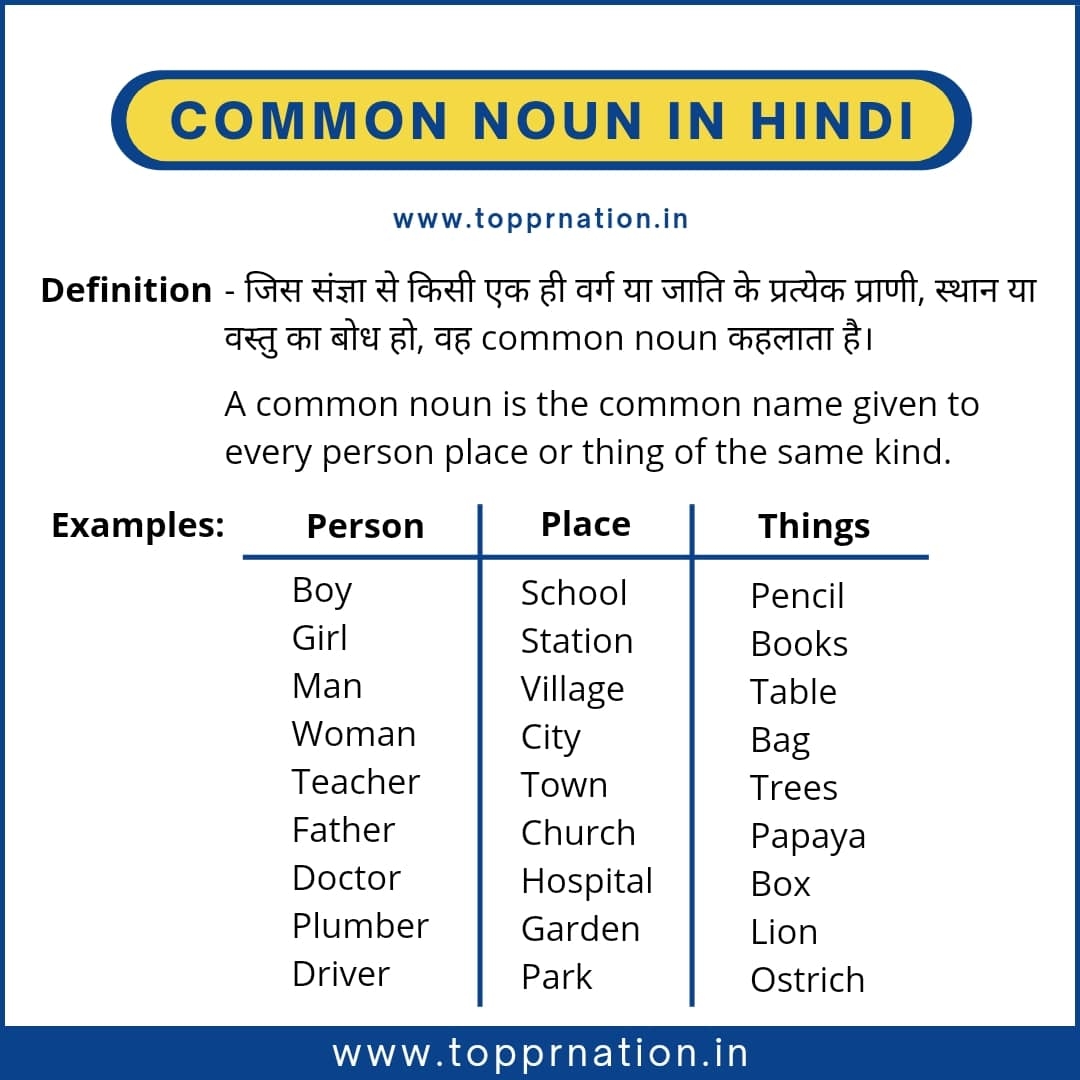A common noun is a type of noun that refers to general things, people, places, or ideas rather than specific ones. They are not capitalized unless they begin a sentence and are not specific to any particular person, place, or thing. Common nouns can be singular or plural, and they are used in everyday language to talk about ordinary things.
Common nouns are essential in creating clear and concise communication because they help us refer to things without being overly specific. They are the foundation of our language and play a crucial role in our daily conversations and writing.
Meaning and Examples
Common nouns can be categorized into different types based on what they refer to, such as objects, people, places, or ideas. Here are some examples of common nouns:
- Object: chair, table, book
- Person: teacher, student, doctor
- Place: city, park, school
- Idea: love, freedom, happiness
Common nouns do not specify a particular object, person, place, or idea, but rather refer to them in general terms. For example, “dog” is a common noun that refers to any dog in general, while “Golden Retriever” is a proper noun that refers to a specific breed of dog.
Common nouns can also be countable or uncountable. Countable nouns refer to things that can be counted, such as “apple” or “car,” while uncountable nouns refer to things that cannot be counted, such as “water” or “information.”
It is important to note that common nouns are not specific to any particular item, person, place, or idea. They are general terms that help us communicate effectively without getting bogged down in unnecessary details.
In conclusion, common nouns are an essential part of our language that help us communicate clearly and concisely. By understanding the meaning and examples of common nouns, we can improve our writing and speaking skills and convey our thoughts and ideas more effectively.
